Maharashtra, located in western India, is one of the leading states in the country’s cashew production. The state’s favorable climate, extensive cultivation area, and supportive government policies have contributed to its prominence in the cashew market. This article provides an overview of the cashew market in Maharashtra, highlighting its current status, key players, challenges, and growth opportunities. Current Status of the Cashew Market in Maharashtra: 1. Production: Maharashtra’s cashew production has witnessed a steady growth in recent years. The state accounts for a significant share of India’s total cashew production, contributing to the country’s position as the largest cashew exporter globally. 2. Cultivation Areas: The cashew cultivation areas in Maharashtra are primarily concentrated in the coastal regions, such as Ratnagiri, Sindhudurg, and Raigad districts. These areas provide favorable conditions for cashew plantations, including well-drained soil, moderate rainfall, and suitable temperatures. 3. Enterprises and Players: Maharashtra is home to numerous cashew processing units, both large-scale and small-scale. Some prominent players in the state’s cashew market include the Maharashtra Cashew Development Corporation (MCDC), Cashew Manufacturers & Exporters Association of Maharashtra (CMEAM), and various private enterprises. 4. Processing and Export: The state’s cashews undergo processing in well-equipped units. Processed cashews are then primarily exported to countries such as the United States, the United Arab Emirates, and European nations. The state government actively supports cashew processing units with initiatives like infrastructure development, access to credit, and marketing support. Challenges Faced by the Cashew Market in Maharashtra: Despite the positive growth trends, the cashew market in Maharashtra faces several challenges that warrant attention. These challenges include: 1. Climate Change: Changing weather patterns, including erratic rainfall, increased temperatures, and cyclonic disturbances, pose a significant threat to cashew plantations. Climate change impacts crop yield, quality, and overall productivity.

nut
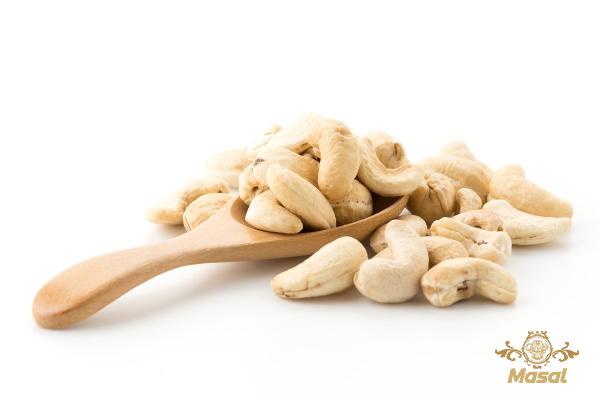 2. Pests and Diseases: Cashew plantations in Maharashtra are susceptible to various pests and diseases, including stem and root rot, fungal infections, and fruit fly infestation. These issues affect the crop’s quality, resulting in financial losses for farmers and processors. 3. Lack of Infrastructure and Technological Upgradation: Infrastructure gaps, such as inadequate storage facilities and outdated processing techniques, hinder the cashew market’s competitiveness. The sector requires further investment in advanced machinery, skilled labor, and research and development to improve productivity and quality standards. 4. Pricing and Market Fluctuations: Cashew prices are subject to domestic and global market forces, including currency fluctuations, supply-demand dynamics, and trade policies. These fluctuations impact the profitability of both growers and processors, making the market vulnerable to price volatility. Growth Opportunities in the Cashew Market in Maharashtra: 1. Value Addition and Product Diversification: Maharashtra’s cashew market has the potential to enhance its value chain by focusing on value addition and diversifying product lines. This includes producing cashew-based snacks, sweets, flavored cashews, and cashew butter to tap into the expanding demand for healthy and gourmet food products. 2. Organic and Sustainable Production: The global market for organic cashews is growing steadily, presenting a significant opportunity for Maharashtra’s cashew industry. Increasing conversions to organic farming practices, obtaining organic certifications, and promoting sustainable processing methods can open doors to premium markets and higher prices for farmers and processors. 3. Export Market Expansion: Besides the United States, the United Arab Emirates, and Europe, Maharashtra can diversify its export markets by exploring emerging markets in Asia, such as China, Japan, and South Korea. Targeting these markets through strategic partnerships, participation in trade fairs, and effective marketing campaigns can lead to increased export volumes and revenues. 4. Research and Development: Enhanced investment in research and development activities can help address the challenges faced by the cashew market in Maharashtra.
2. Pests and Diseases: Cashew plantations in Maharashtra are susceptible to various pests and diseases, including stem and root rot, fungal infections, and fruit fly infestation. These issues affect the crop’s quality, resulting in financial losses for farmers and processors. 3. Lack of Infrastructure and Technological Upgradation: Infrastructure gaps, such as inadequate storage facilities and outdated processing techniques, hinder the cashew market’s competitiveness. The sector requires further investment in advanced machinery, skilled labor, and research and development to improve productivity and quality standards. 4. Pricing and Market Fluctuations: Cashew prices are subject to domestic and global market forces, including currency fluctuations, supply-demand dynamics, and trade policies. These fluctuations impact the profitability of both growers and processors, making the market vulnerable to price volatility. Growth Opportunities in the Cashew Market in Maharashtra: 1. Value Addition and Product Diversification: Maharashtra’s cashew market has the potential to enhance its value chain by focusing on value addition and diversifying product lines. This includes producing cashew-based snacks, sweets, flavored cashews, and cashew butter to tap into the expanding demand for healthy and gourmet food products. 2. Organic and Sustainable Production: The global market for organic cashews is growing steadily, presenting a significant opportunity for Maharashtra’s cashew industry. Increasing conversions to organic farming practices, obtaining organic certifications, and promoting sustainable processing methods can open doors to premium markets and higher prices for farmers and processors. 3. Export Market Expansion: Besides the United States, the United Arab Emirates, and Europe, Maharashtra can diversify its export markets by exploring emerging markets in Asia, such as China, Japan, and South Korea. Targeting these markets through strategic partnerships, participation in trade fairs, and effective marketing campaigns can lead to increased export volumes and revenues. 4. Research and Development: Enhanced investment in research and development activities can help address the challenges faced by the cashew market in Maharashtra.
Specifications of nut
 This includes developing disease-resistant cashew varieties, innovative processing techniques, and sustainable agricultural practices. Collaborations with agricultural universities, research institutions, and industry experts can facilitate knowledge transfer and technological advancements. Conclusion: The cashew market in Maharashtra holds significant potential due to the state’s favorable climatic conditions, extensive cultivation areas, and established processing units. While challenges such as climate change, pests and diseases, infrastructure gaps, and market fluctuations must be addressed, growth opportunities in value addition, organic production, export market expansion, and research and development offer avenues for further development. With continued support from the government, investments in technology and infrastructure, and collaboration among industry stakeholders, the cashew market in Maharashtra can flourish and contribute to the state and the nation’s economy. The Cashew Market in Maharashtra: An Overview and Growth Potential Introduction: Maharashtra, located in western India, is one of the leading states in the country’s cashew production. The state’s favorable climate, extensive cultivation area, and supportive government policies have contributed to its prominence in the cashew market. This article provides an overview of the cashew market in Maharashtra, highlighting its current status, key players, challenges, and growth opportunities. Current Status of the Cashew Market in Maharashtra: 1. Production: Maharashtra’s cashew production has witnessed steady growth in recent years.
This includes developing disease-resistant cashew varieties, innovative processing techniques, and sustainable agricultural practices. Collaborations with agricultural universities, research institutions, and industry experts can facilitate knowledge transfer and technological advancements. Conclusion: The cashew market in Maharashtra holds significant potential due to the state’s favorable climatic conditions, extensive cultivation areas, and established processing units. While challenges such as climate change, pests and diseases, infrastructure gaps, and market fluctuations must be addressed, growth opportunities in value addition, organic production, export market expansion, and research and development offer avenues for further development. With continued support from the government, investments in technology and infrastructure, and collaboration among industry stakeholders, the cashew market in Maharashtra can flourish and contribute to the state and the nation’s economy. The Cashew Market in Maharashtra: An Overview and Growth Potential Introduction: Maharashtra, located in western India, is one of the leading states in the country’s cashew production. The state’s favorable climate, extensive cultivation area, and supportive government policies have contributed to its prominence in the cashew market. This article provides an overview of the cashew market in Maharashtra, highlighting its current status, key players, challenges, and growth opportunities. Current Status of the Cashew Market in Maharashtra: 1. Production: Maharashtra’s cashew production has witnessed steady growth in recent years.
buy nut
 The state accounts for a significant share of India’s total cashew production, contributing to the country’s position as the largest cashew exporter globally. The state’s favorable climate, with moderate rainfall and suitable temperatures, provides ideal conditions for cashew plantations. 2. Cultivation Areas: Cashew cultivation areas in Maharashtra are primarily concentrated in the coastal regions, such as Ratnagiri, Sindhudurg, and Raigad districts. The availability of well-drained soil and adequate rainfall in these areas supports the growth of cashew trees. 3. Enterprises and Players: Maharashtra is home to numerous cashew processing units, both large-scale and small-scale. Some prominent players in the state’s cashew market include the Maharashtra Cashew Development Corporation (MCDC), Cashew Manufacturers & Exporters Association of Maharashtra (CMEAM), and various private enterprises. These organizations play a significant role in providing support, infrastructure, and marketing assistance to cashew farmers and processors. 4. Processing and Export: Cashew processing units in Maharashtra are well-equipped and adhere to quality standards. The processed cashews are then primarily exported to countries such as the United States, the United Arab Emirates, and European nations. The state government actively supports cashew processing units through initiatives like infrastructure development, access to credit, and marketing support, facilitating the growth of the cashew export market.
The state accounts for a significant share of India’s total cashew production, contributing to the country’s position as the largest cashew exporter globally. The state’s favorable climate, with moderate rainfall and suitable temperatures, provides ideal conditions for cashew plantations. 2. Cultivation Areas: Cashew cultivation areas in Maharashtra are primarily concentrated in the coastal regions, such as Ratnagiri, Sindhudurg, and Raigad districts. The availability of well-drained soil and adequate rainfall in these areas supports the growth of cashew trees. 3. Enterprises and Players: Maharashtra is home to numerous cashew processing units, both large-scale and small-scale. Some prominent players in the state’s cashew market include the Maharashtra Cashew Development Corporation (MCDC), Cashew Manufacturers & Exporters Association of Maharashtra (CMEAM), and various private enterprises. These organizations play a significant role in providing support, infrastructure, and marketing assistance to cashew farmers and processors. 4. Processing and Export: Cashew processing units in Maharashtra are well-equipped and adhere to quality standards. The processed cashews are then primarily exported to countries such as the United States, the United Arab Emirates, and European nations. The state government actively supports cashew processing units through initiatives like infrastructure development, access to credit, and marketing support, facilitating the growth of the cashew export market.

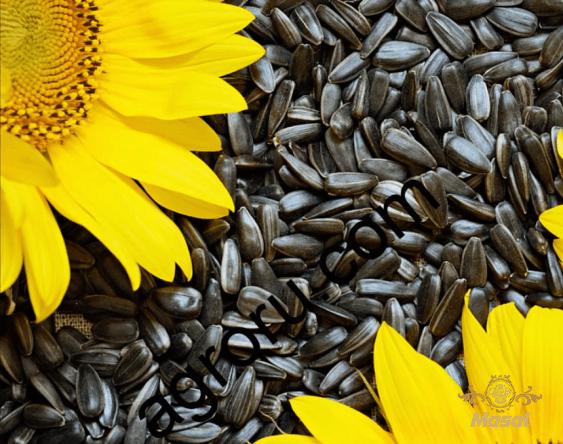

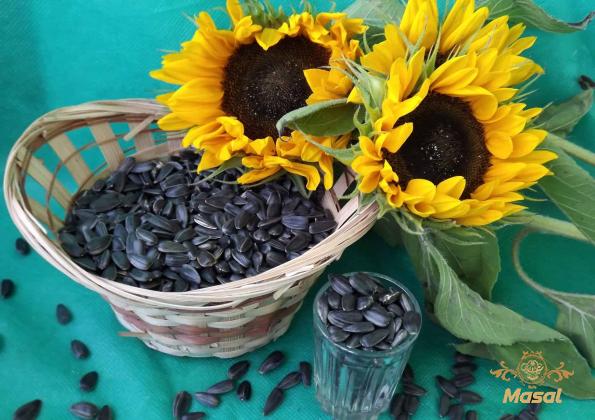


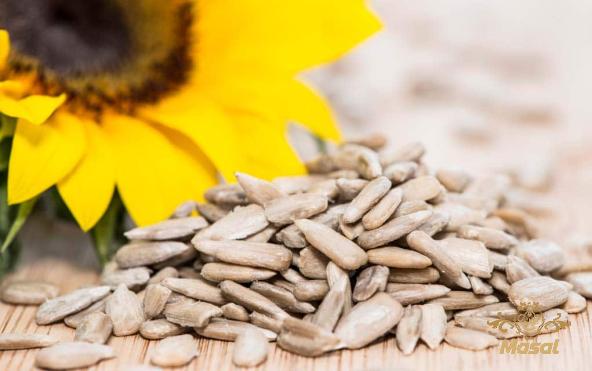
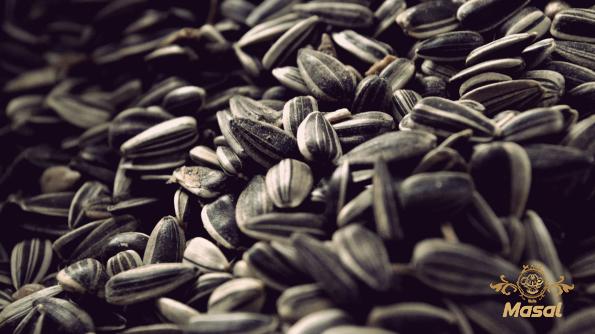

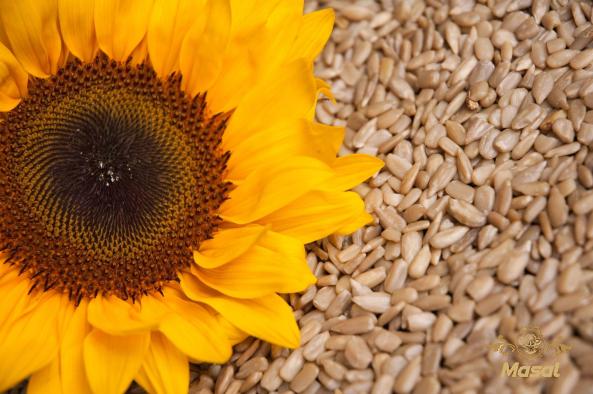
Your comment submitted.